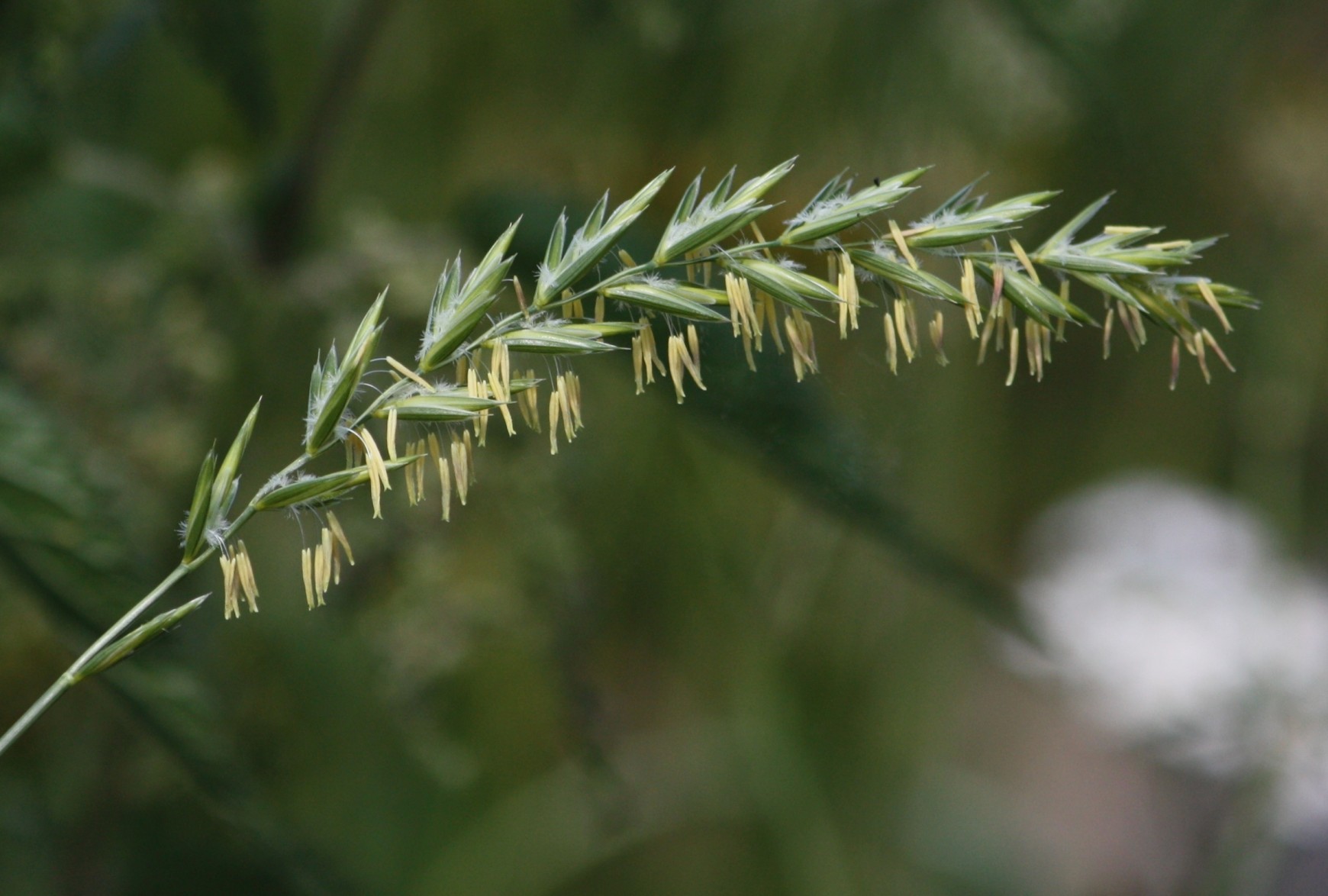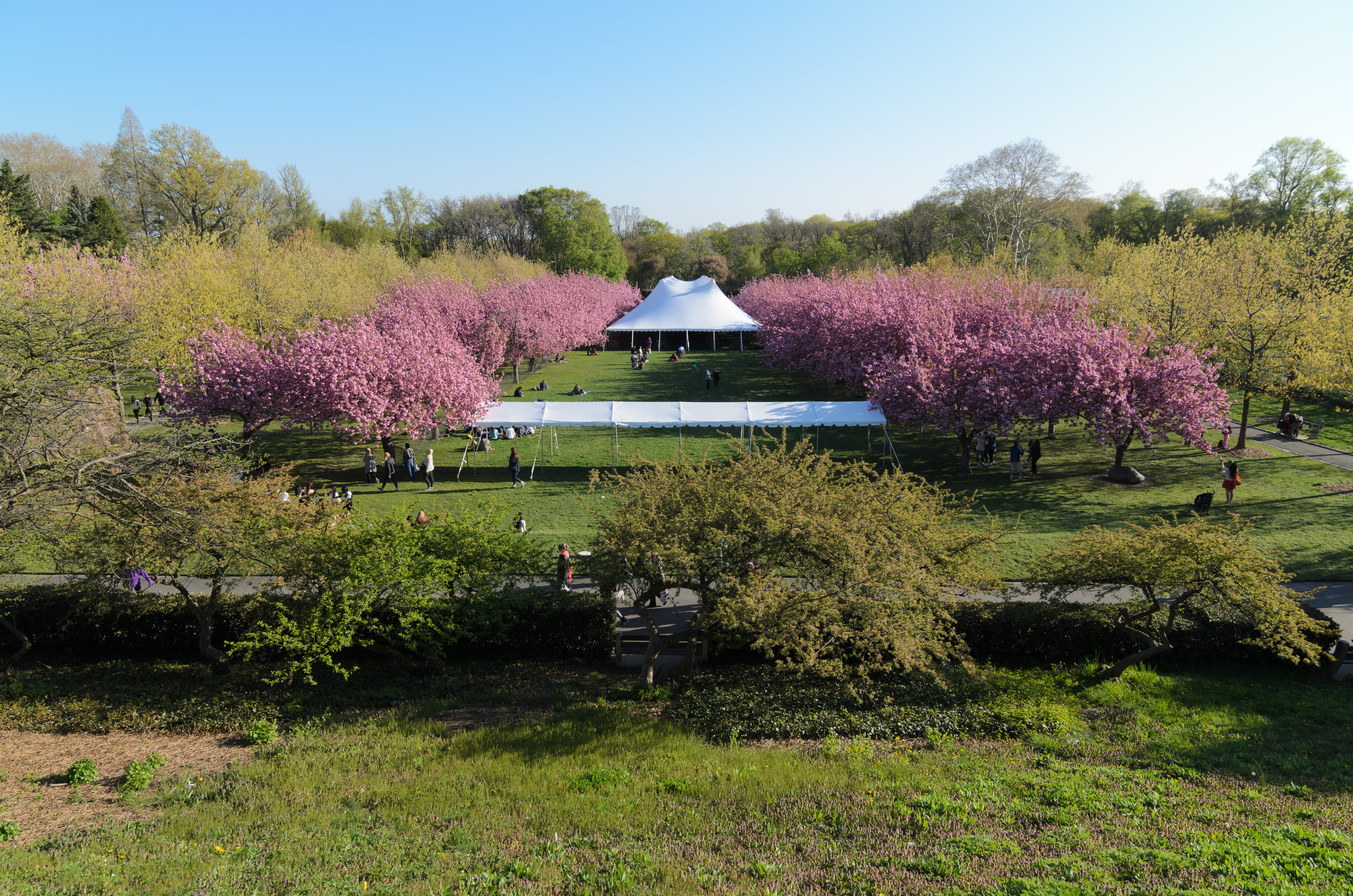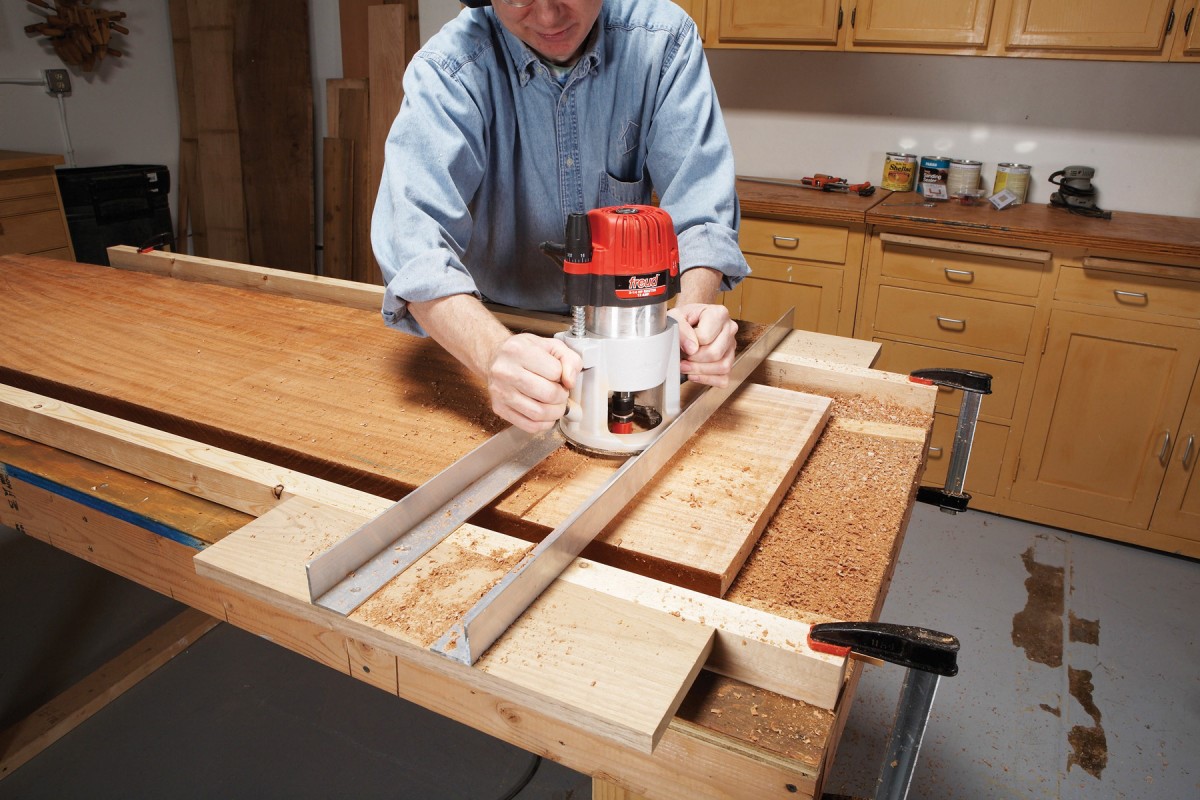Home>Gardening & Outdoor>Landscaping Ideas>What Is Quackgrass


Landscaping Ideas
What Is Quackgrass
Published: January 27, 2024
Discover how to effectively manage quackgrass in your landscaping with these expert tips and ideas. Transform your outdoor space with our landscaping ideas.
(Many of the links in this article redirect to a specific reviewed product. Your purchase of these products through affiliate links helps to generate commission for Storables.com, at no extra cost. Learn more)
**
Introduction
**
Quackgrass, scientifically known as Elymus repens, is a perennial grass weed that is notorious for its resilience and invasive nature. This persistent plant has earned a reputation as a formidable adversary in the realm of landscaping and agriculture. Its tenacious growth habits and ability to thrive in diverse environments make it a challenging presence for property owners and farmers alike. Understanding the characteristics, habitat, and impact of quackgrass is essential for effective management and control. In this article, we will delve into the intricacies of quackgrass, exploring its defining features, habitat and distribution, as well as its implications for agriculture. Furthermore, we will examine strategies for controlling and managing this resilient weed, offering insights into mitigating its impact on cultivated lands. Join us on a journey to unravel the enigma of quackgrass and discover the measures to combat its pervasive influence.
Key Takeaways:
- Quackgrass is a tough weed that can grow almost anywhere, making it a big problem for farmers and gardeners. Its strong roots and ability to regrow from small pieces make it hard to get rid of.
- To control quackgrass, it’s important to keep an eye out for it early, use good farming practices, and sometimes use special weed-killing chemicals. By being proactive, we can keep our gardens and farms healthy.
Read more: What Kills Quackgrass In Lawns
Characteristics of Quackgrass
Quackgrass, also known as couchgrass or twitchgrass, possesses a distinctive set of characteristics that define its identity and distinguish it from other grass species. This perennial plant features long, flat leaves with rough, serrated edges, and its robust rhizomatous root system enables it to propagate vigorously. The rhizomes, which are underground stems, allow quackgrass to spread rapidly, forming dense mats that intertwine with the roots of desirable plants, hindering their growth and development.
One of the most notable attributes of quackgrass is its adaptability to a wide range of environmental conditions. This resilient weed thrives in various soil types, including sandy, loamy, and clay soils, and it demonstrates remarkable tolerance to drought and shade. Its ability to flourish in diverse habitats, from cultivated fields to roadside verges, underscores its status as a pervasive and adaptable species.
Furthermore, quackgrass exhibits rapid growth rates, enabling it to outcompete cultivated crops and native vegetation. Its aggressive nature is fueled by its extensive root system, which can penetrate the soil to considerable depths, making eradication a formidable challenge. The tenacity of quackgrass is further exemplified by its capacity to regrow from even small root fragments, perpetuating its presence in the landscape.
As a perennial grass weed, quackgrass poses a persistent threat to agricultural productivity and horticultural endeavors. Its ability to endure adverse conditions and proliferate with vigor necessitates a comprehensive understanding of its characteristics for effective management and control.
Habitat and Distribution
Quackgrass, known for its adaptability and resilience, exhibits a wide-ranging habitat and distribution, making it a ubiquitous presence in diverse ecosystems. This perennial grass weed is native to Europe and Asia and has been introduced to various regions across the globe, including North America, where it has established itself as a pervasive and troublesome species.
Within its native and introduced ranges, quackgrass displays remarkable versatility in terms of habitat preferences. It thrives in both disturbed and undisturbed environments, colonizing agricultural fields, pastures, meadows, and even urban landscapes. Its ability to flourish in such diverse settings is attributed to its tolerance for a broad spectrum of soil types and climatic conditions.
Quackgrass demonstrates a proclivity for areas with ample sunlight, although it can persist in partially shaded locations, further expanding its potential distribution. Its capacity to infiltrate habitats ranging from temperate to subarctic regions underscores its adaptability and tenacious presence in various ecosystems.
The widespread distribution of quackgrass can be attributed to human activities, including the inadvertent transportation of its rhizomes and seeds through agricultural practices, soil disturbance, and the movement of contaminated equipment. Once established, quackgrass can rapidly colonize new areas, outcompeting native vegetation and impeding the growth of desirable crops, perpetuating its dominance in the landscape.
Efforts to contain the spread of quackgrass and mitigate its impact on natural and cultivated environments necessitate a comprehensive understanding of its habitat preferences and distribution patterns. By elucidating the factors contributing to its proliferation, effective strategies for control and management can be devised to curtail its encroachment and safeguard the ecological integrity of diverse ecosystems.
Quackgrass is a persistent weed with long, creeping roots. To control it, regularly mow your lawn to prevent it from spreading and use a pre-emergent herbicide in the spring to stop new growth.
Impact on Agriculture
Quackgrass exerts a profound impact on agricultural productivity, posing formidable challenges to farmers and cultivators. Its aggressive growth habits and resilience enable it to compete vigorously with cultivated crops, diminishing yields and impeding the overall success of agricultural endeavors. The pervasive nature of quackgrass renders it a formidable adversary in the agricultural landscape, necessitating vigilant management and control measures to mitigate its detrimental effects.
One of the primary concerns associated with quackgrass in agriculture is its ability to outcompete desirable crops for essential resources such as water, nutrients, and sunlight. The rapid growth and extensive root system of quackgrass enable it to overshadow and stifle the growth of cultivated plants, leading to reduced harvests and compromised crop quality. Furthermore, the intertwining rhizomatous network of quackgrass can impede the establishment and development of crop roots, exacerbating the challenges faced by farmers.
Moreover, the persistent nature of quackgrass exacerbates the difficulty of eradicating it from agricultural fields. Its resilient rhizomes can persist in the soil, enabling the weed to resprout and proliferate even after attempts at removal. This perpetual cycle of regrowth and colonization perpetuates the encroachment of quackgrass, posing ongoing impediments to agricultural productivity.
Quackgrass also presents challenges during the process of soil preparation and cultivation, as its extensive rhizomatous system can impede tillage operations and interfere with the establishment of seedbeds. The labor-intensive nature of managing quackgrass infestations, coupled with the potential for reduced crop yields, underscores the economic and logistical burdens it imposes on agricultural practices.
By comprehensively understanding the impact of quackgrass on agriculture, farmers and agricultural professionals can devise integrated management strategies to mitigate its influence and safeguard the productivity of cultivated lands. Through the implementation of proactive measures and sustainable practices, the detrimental effects of quackgrass can be mitigated, fostering resilient and thriving agricultural ecosystems.
Control and Management
Effectively controlling and managing quackgrass requires a multifaceted approach that integrates preventive measures, cultural practices, and targeted interventions. Given the resilient and persistent nature of this perennial weed, proactive strategies are essential to curtail its proliferation and mitigate its impact on cultivated lands and natural ecosystems.
Preventive measures play a crucial role in limiting the establishment and spread of quackgrass. Vigilant monitoring of agricultural fields and landscape areas can aid in early detection, enabling prompt intervention to prevent the weed from gaining a foothold. Additionally, implementing stringent sanitation practices to prevent the inadvertent introduction and dispersal of quackgrass rhizomes and seeds is instrumental in impeding its spread to new areas.
Cultural practices, such as promoting optimal soil fertility and employing competitive crop varieties, can help suppress the growth of quackgrass and inhibit its dominance in agricultural settings. Furthermore, implementing effective weed control measures, including timely and strategic cultivation, mulching, and crop rotation, can disrupt the growth cycle of quackgrass and reduce its prevalence in cultivated fields.
Targeted interventions, such as the application of herbicides specifically formulated to combat quackgrass, can provide effective control in instances where manual removal and cultural practices yield limited results. Selective herbicides designed to target quackgrass while preserving the integrity of desirable vegetation can be employed judiciously to manage infestations and prevent the weed from overshadowing cultivated crops.
Integrated weed management approaches, encompassing a combination of preventive, cultural, and targeted control methods, offer a comprehensive strategy for addressing quackgrass infestations. By synergizing diverse tactics and leveraging sustainable practices, the pervasive influence of quackgrass can be mitigated, fostering resilient and thriving landscapes and agricultural ecosystems.
Conclusion
Quackgrass, with its resilient nature and pervasive presence, poses significant challenges in both landscaping and agricultural contexts. Its adaptability, rapid growth, and extensive rhizomatous system enable it to thrive in diverse habitats and compete vigorously with cultivated crops and native vegetation. The impact of quackgrass on agricultural productivity underscores the importance of understanding its characteristics, habitat, and distribution, as well as implementing effective control and management strategies.
By gaining insights into the defining features of quackgrass, including its aggressive growth habits and adaptability, stakeholders in landscaping and agriculture can develop proactive measures to mitigate its influence. The widespread distribution of quackgrass necessitates a comprehensive understanding of its habitat preferences and the factors contributing to its proliferation. Through vigilant monitoring and the implementation of preventive measures, the spread of quackgrass can be curtailed, safeguarding the integrity of diverse ecosystems.
Furthermore, the impact of quackgrass on agriculture underscores the imperative of implementing integrated management strategies that encompass cultural practices, targeted interventions, and sustainable approaches to weed control. By synergizing diverse tactics and leveraging proactive measures, the encroachment of quackgrass can be managed effectively, fostering resilient and thriving agricultural landscapes.
In conclusion, the enigma of quackgrass underscores the need for a holistic and proactive approach to its control and management. By integrating preventive measures, cultural practices, and targeted interventions, the pervasive influence of quackgrass can be mitigated, fostering sustainable and thriving landscapes and agricultural ecosystems. Through collaboration, education, and the implementation of sustainable practices, the challenges posed by quackgrass can be addressed, paving the way for resilient and flourishing environments.
Frequently Asked Questions about What Is Quackgrass
Was this page helpful?
At Storables.com, we guarantee accurate and reliable information. Our content, validated by Expert Board Contributors, is crafted following stringent Editorial Policies. We're committed to providing you with well-researched, expert-backed insights for all your informational needs.















0 thoughts on “What Is Quackgrass”